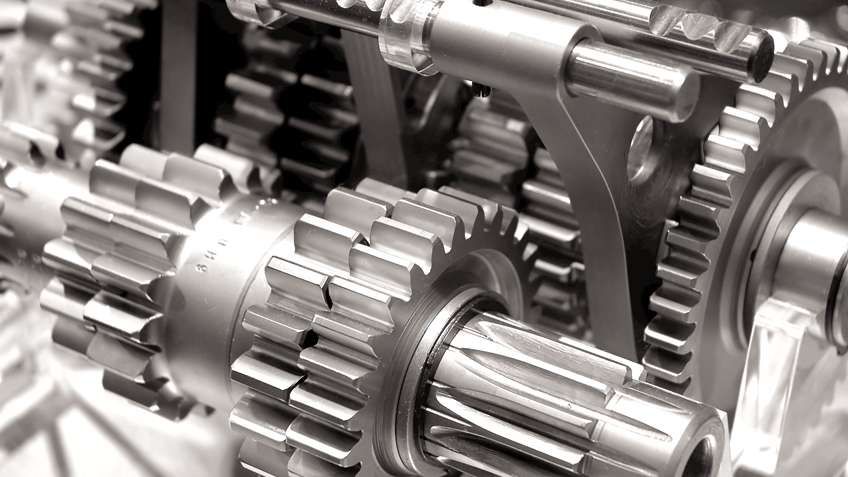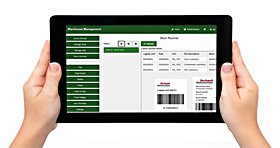Of course, the first step to rectifying load imbalance is identifying the bottleneck. And for decades, time studies have been the tried and true method of choice.
During my years in powertrain plants, I was involved in many time studies that relied on observation and “stopwatch” methods of data collection. Needless to say, this approach can intimidate workers on the line – and impact work habits while information is gathered.
The result? Data collected may not reflect typical operation.
Today, job monitoring software can work behind the scenes to provide real-time task status and time – as well as overall station cycle time. With this data in hand, plant process managers can analyze and reassign workstation tasks in a more impactful way.
The Problem with Zone Control
Next comes the work of rebalancing the line to conform to the more efficient process. In plants with conventional zone control architecture, line rebalancing can be an arduous and costly undertaking.



